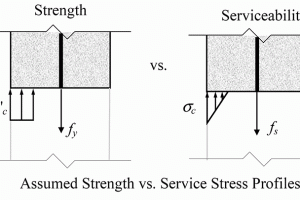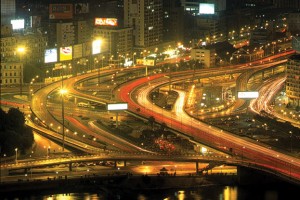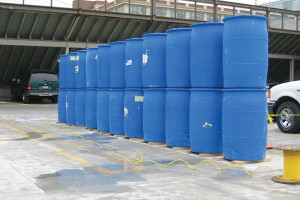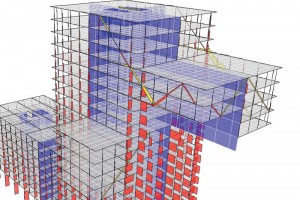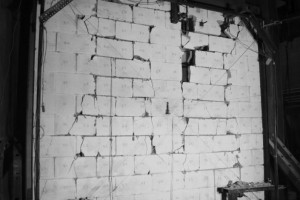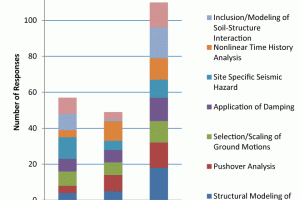The Merging of Design Philosophies
Limit states design – also known as ultimate strength design or load and resistance factor design (LRFD) – is largely supplanting the traditional methods of allowable stress design for most structural materials. Perhaps you are seasoned enough to remember the days when working stress design of reinforced concrete was the norm, and limit states design was a fairly new concept. …

